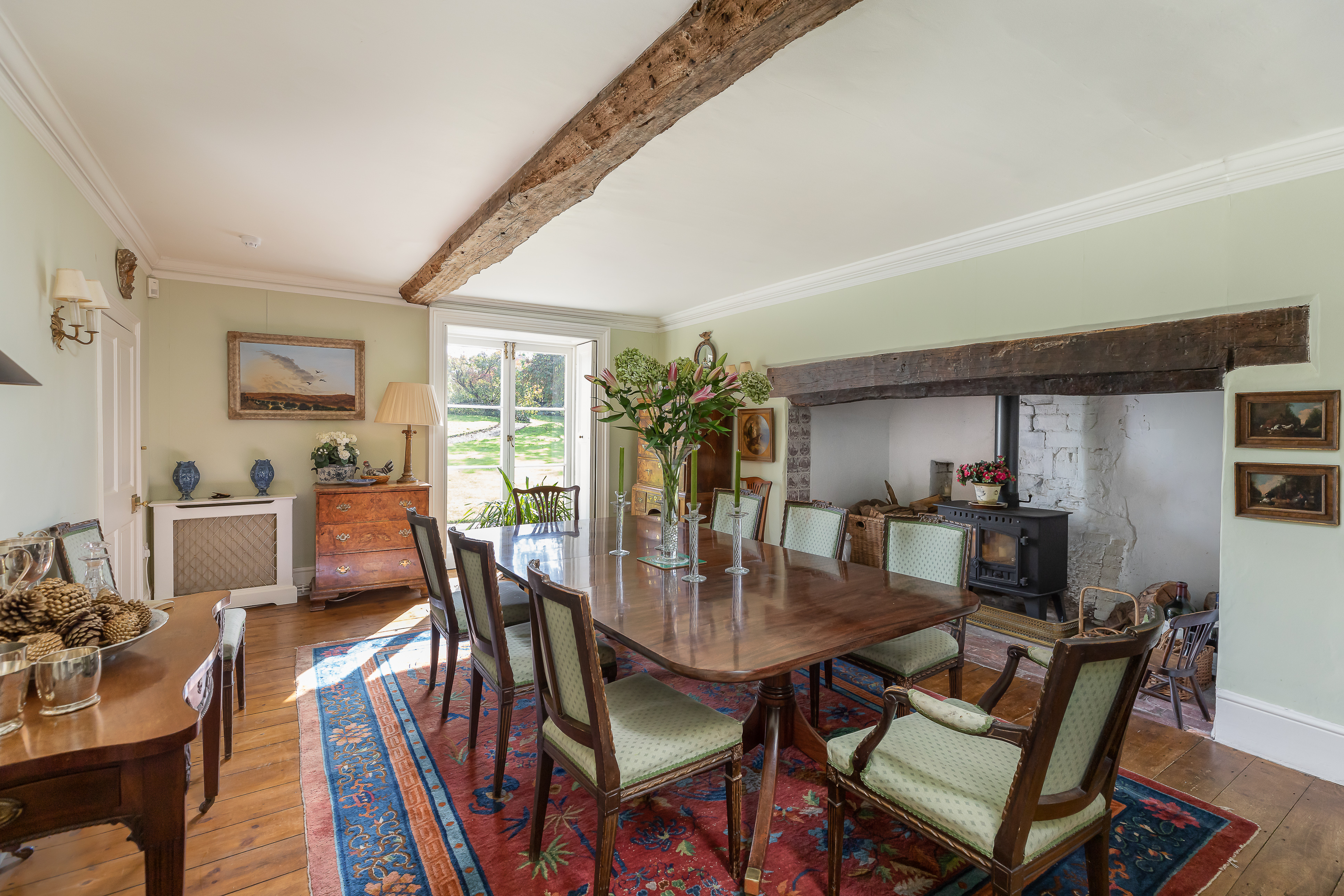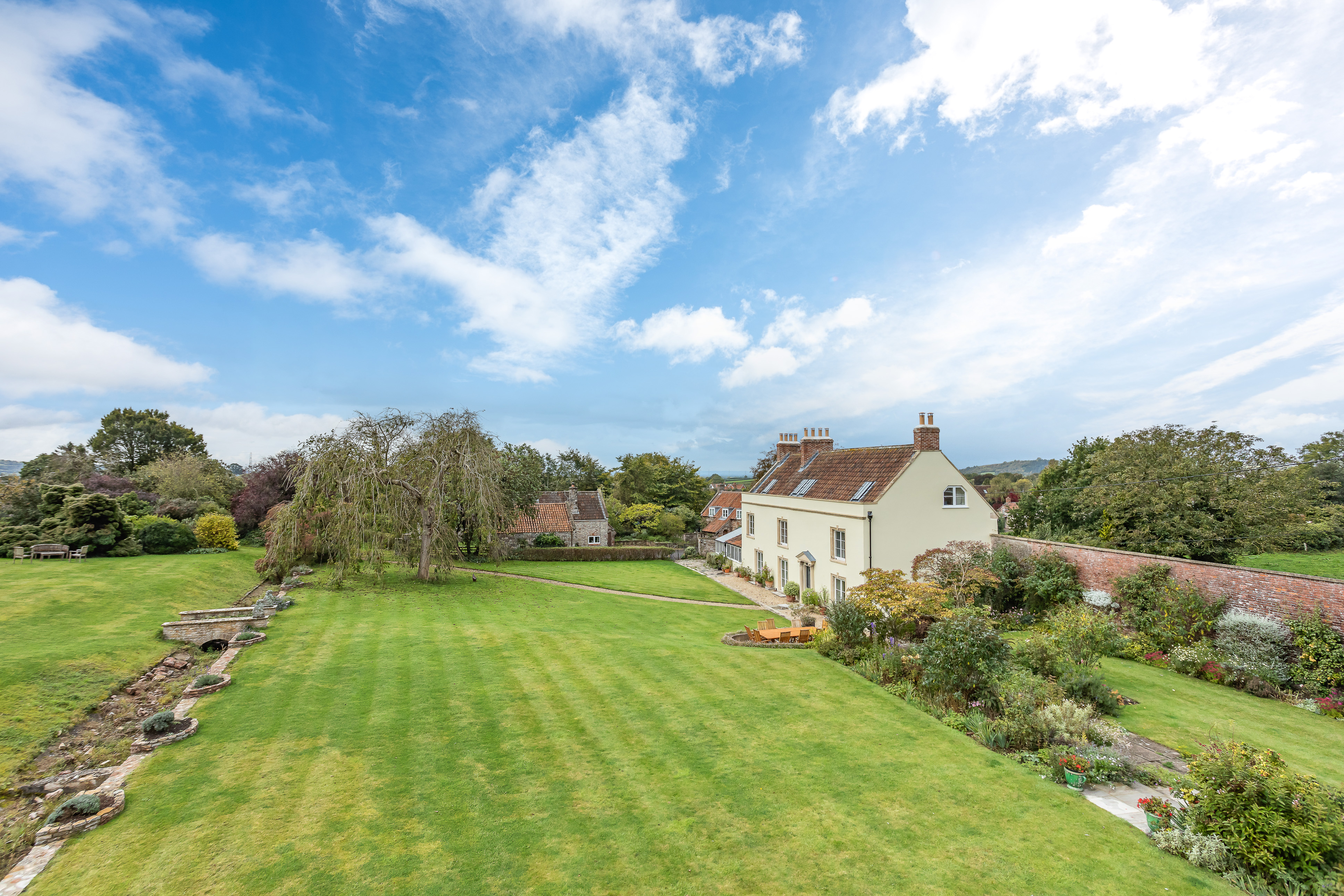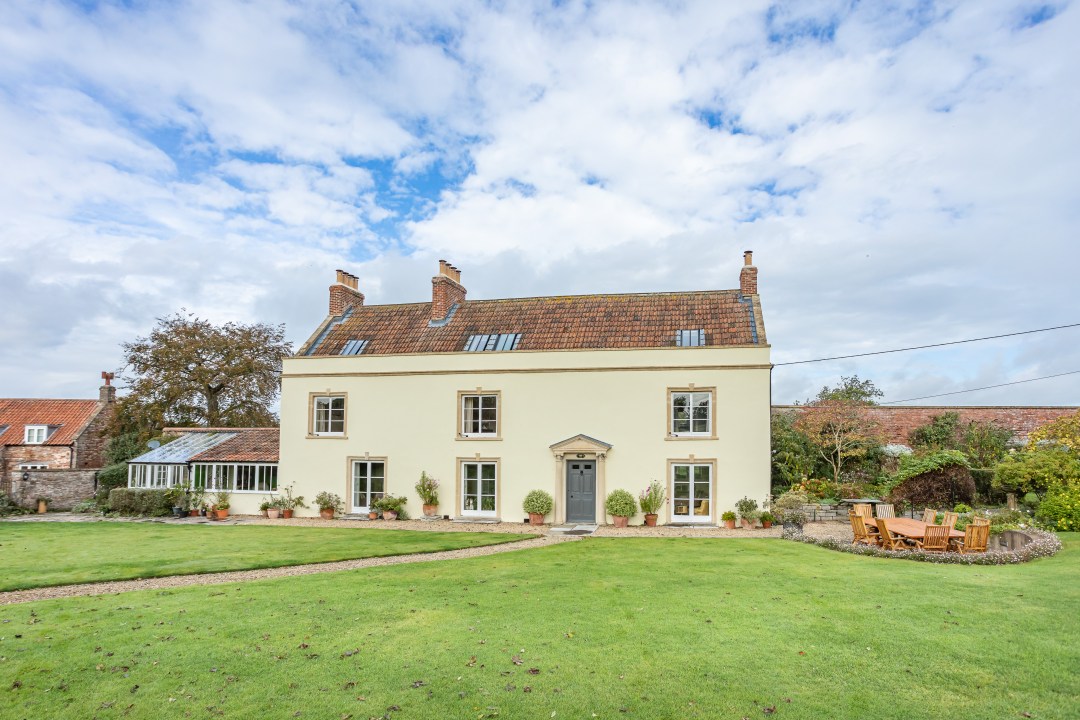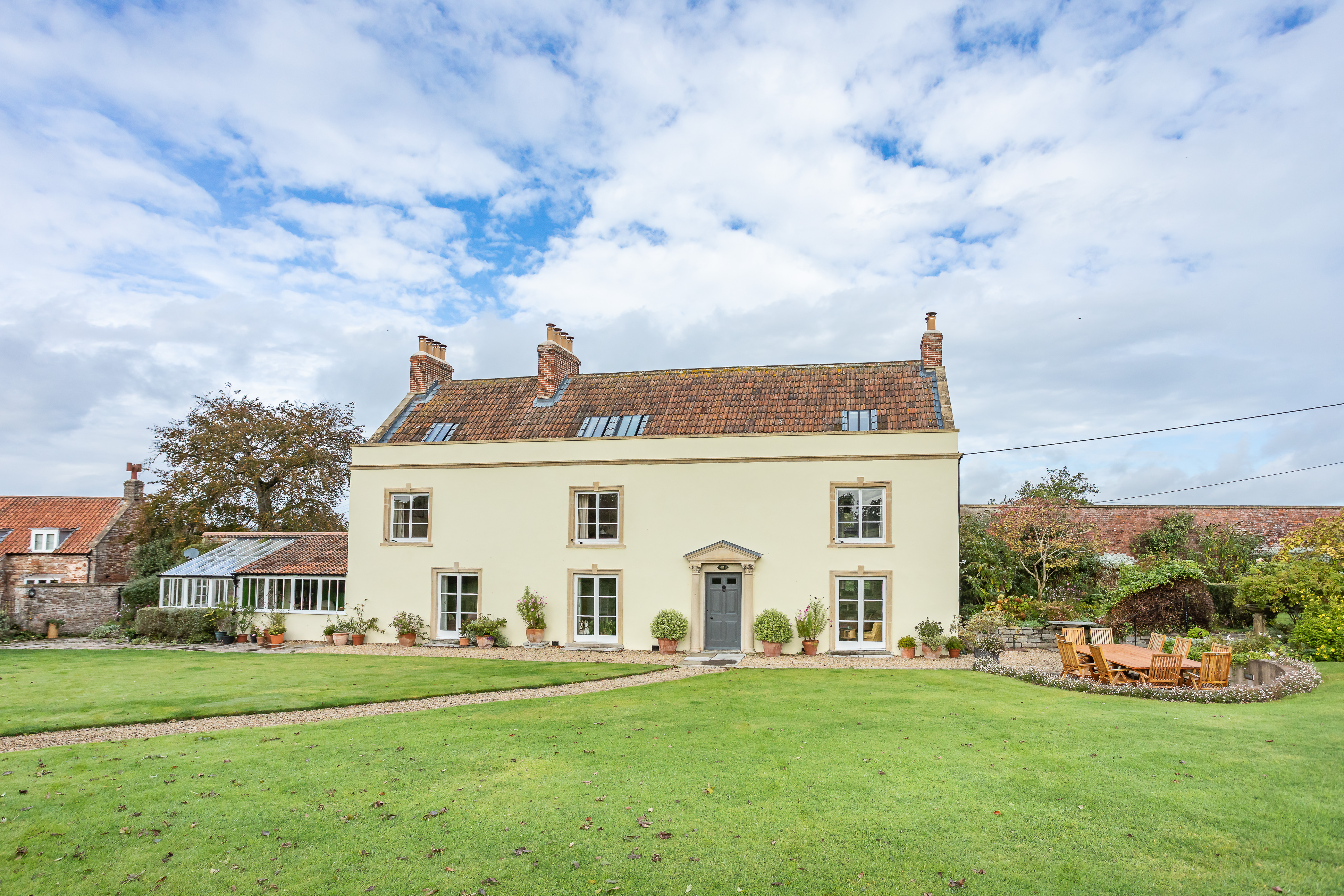When Julia Riley ran her Somerset home as a B&B prior to the Covid pandemic a few guests booked in not for her Tripadvisor-recommended breakfast or a peaceful night’s sleep, but because of the Georgian property’s literary connection. Coxley House is the former home of David Cornwell, better known as the spy novelist John le Carré.
‘We had one or two people coming because they were keen on him,’ says Riley. ‘They wanted to know which bedroom he slept in and things like that but, to be honest, I’m not entirely sure, so I invariably told them it was the one they were sleeping in because it was the easiest answer.’
Now, fans of the late author’s work can visit the Grade II-listed house with an estate agent: it is on the market with Strutt & Parker for £1.95m.

Le Carré, the British intelligence officer turned writer known for thrillers such as Tinker Tailor Solider Spy, moved his family into the house in the village of Upper Coxley, two miles from Wells, in 1965. He had previously taught at Millfield Prep School in nearby Glastonbury. ‘I’m told that he bought the house on the back of the proceeds of [his 1963 breakout novel] The Spy Who Came in from the Cold,’ says Riley.
As well as the three-storey main house with six bedrooms, the four-acre grounds include the separate one-bedroom Studio Cottage, which Le Carré, who died last year at the age of 89, used as a study. In his biography of the author, Adam Sisman says le Carré would get up early to write and then go for a walk in the surrounding fields before returning home for breakfast and more work.

The novelist bought antiques for the house – then called Coxley Manor – from a dealer in Wells, oversaw home improvements including the lining with concrete and flooding of the garden’s ha-ha to create a canal, and kept a horse in a newly acquired field, according to Sisman.
Le Carré’s first wife, Ann, with whom he had three sons, continued to live in Coxley House following their divorce in 1971. Riley and her husband, Mark, who runs the juicer machine company Zummo London, bought the ‘magical’ property from Ann’s second husband in 2011.
‘It’s very hard to explain but everyone who comes here says it’s the loveliest house,’ she says. ‘It has the best atmosphere and it always has. The first time we walked round it we fell in love with it, even though it was in a very tatty state.’
The couple renovated their new home but retained original features such as the exposed beams, the large inglenook fireplace in the dining room and the detailed carved wooden fireplace in the drawing room.
Set back from the road behind a 12ft wall, Riley says the light, south-facing house, which has views of the Mendip Hills from the top floor, is ‘its own little oasis’. French windows on the ground floor open out on to a large garden, the venue for several wedding receptions when Covid restrictions allowed last summer. There is also a wild meadow dotted with the odd orchid. The grounds will be open to the public in aid of the Wells branch of Macmillan Cancer Support 2-5pm on 13 June.

The revamped cottage, where le Carré worked on his books, has its own private garden. Riley’s father lived in the property until his death a couple of years ago; it is now rented out.
Riley admits she was not a fan of le Carre’s work when she moved into Coxley House. ‘But my husband was keen on the books and various friends of ours were rather impressed that we had [his] house,’ she says.
With the couple looking to sell up so as to move closer to London for work and to their grandchildren it will be down to someone else to write the next chapter in the storied property’s history.







Comments